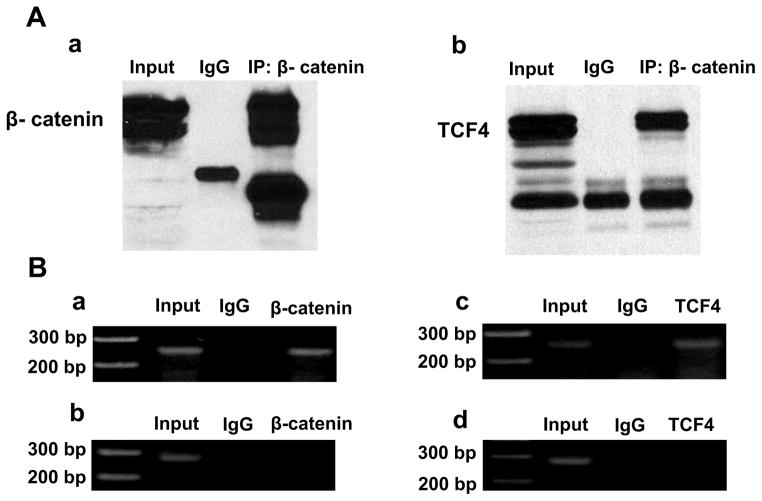Figure 7. β-catenin and TCF4 formed a complex and were recruited in the SCN5a promoter.
(A) Immunoprecipitation (IP) was performed on the total protein extracted from the adult mouse ventricular tissues by using an antibody against β-catenin and Western blot was performed to show this antibody was able to pull down β-catenin itself (a) and TCF4 (b). The results indicated that β-catenin interacts with TCF4. (B) ChIP assay was performed by using antibodies against β-catenin and TCF4, and IgG as control on the adult mouse ventricular tissues. A pair of flanking DNA primer sequences containing (a and c) or lacking TCF4 binding sites (b and d) was used. The results demonstrated that both β-catenin and TCF4 were recruited within the SCN5a promoter region.

